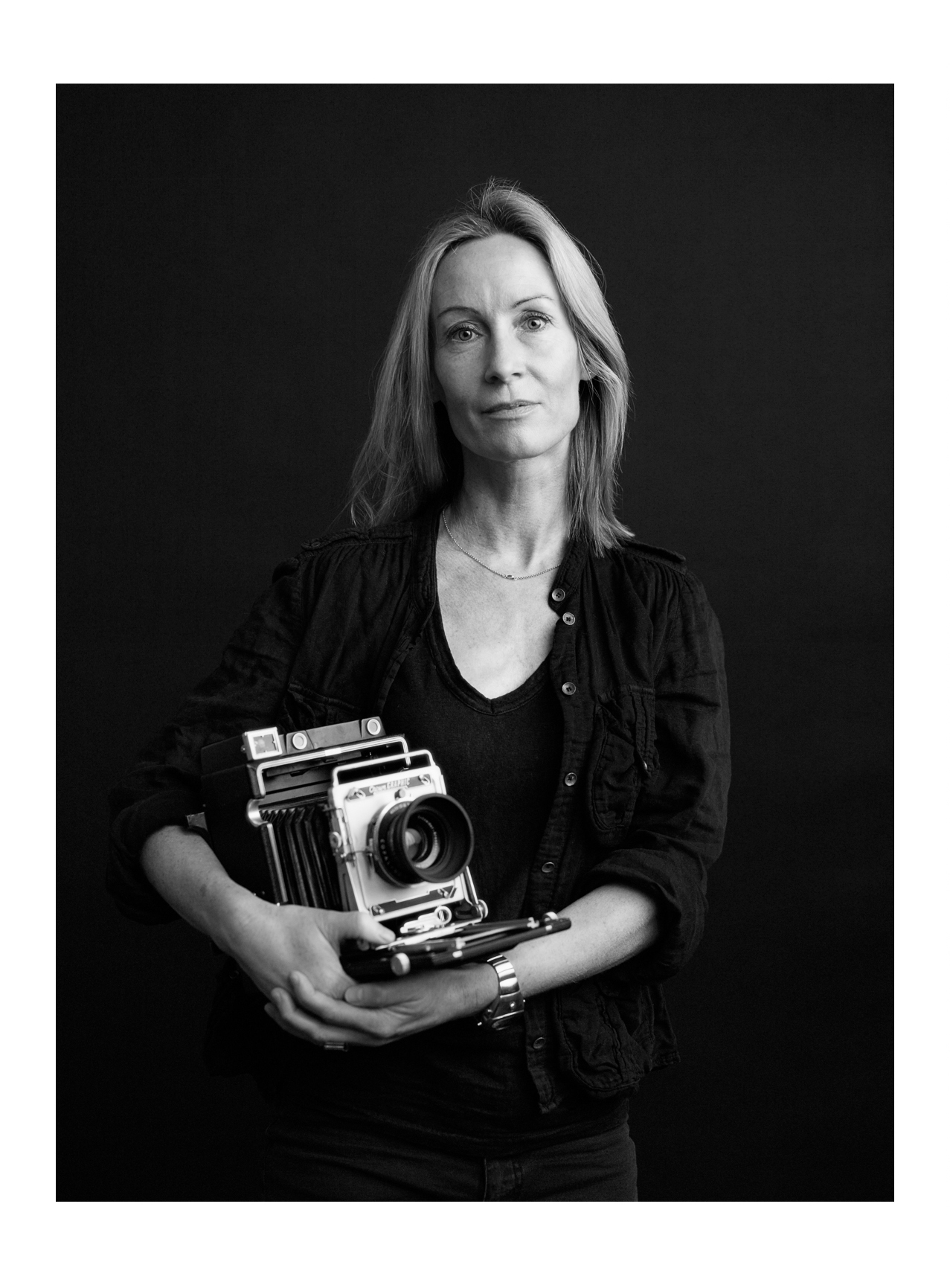Portrait Simone Gablan
Marie-José Jongerius studied at the Instituto Superiore della Fotografia in Rome Italy, and at the Royal Academy of Visual arts, BA photography, The Hague. Jongerius has published 5 books: Sweetwater (2001), Lunar Landscapes (2012), Concrete Wilderness (2014), Edges of the Experiment (2015) and Los Angeles Palms (2017). Edges of the Experiment has been nominated for the Arles Book Award 2015, Finalist for a Dutch Design Award 2015 and on the shortlist for the Infinity Award in the category critical writing and research 2016.
About
In her work Dutch photographer Marie-José Jongerius (1970) expresses her intuitive vision of the factual and research based realities in a dialogue with fiction and imagination. How are we as humans trying to shape, appropriate and control the world? It forms the central question in the photographic oeuvre of Jongerius, who finds visual answers in the urban and natural landscapes and the visible cultural, economical, social and political influences it bears. Borders and boundaries form a special interest, as a place of possibility and transition. Her photographs are not a simple dialectic of culture versus nature, but rather the interface where we can see something that is neither.
She pursues a special interest in the American West, and at the start of her career Jongerius lived and worked four formative years in California. Her first book Sweetwater (2001) explores the contradiction of the Californian deserts with the artificial modern oases of swimming pools, and the notion of paradise in an extreme and harsh climate. It touches and explores the boundaries between the artificial and natural fantasies, the projected desires and reality. This was further explored in the photo projects and books Lunar Landscapes (2012) and Concrete Wilderness (2014), which both have the man-made new industrial land Tweede Maasvlakte near Rotterdam, the Netherlands and its architecture as a focal point. Mostly photographed in the sparse light emitted by the building sites and reflected by new sandy territories, it reminds us of the surface of the moon.
Ten years of scholarly research and photographic field work in the American West and Southwest have resulted in the book Edges of the Experiment (2015), which investigates the idyllic notion of the American landscape and the thin line between nature and civilisation. It shows which elements contribute to the iconic landscape, and at what cost they can be maintained. The well received Edges of the Experiment is a two-volume publication: one with photographs and one with a collection of essays by guest authors.
The book Los Angeles Palms (2017) portrays the life and influence of the exotic palm tree species Washingtonia Robusta, which has become the most iconic element of Los angeles. It lacks an architectural skyline- not a single downtown skyscraper has managed to burn itself into the collective unconscious- and its rows of palm trees proudly have taken on that role. Considering that the average lifespan of this palm tree is seventy to a hundred years and that most of them were planted to beautify the city for the 1932 Olympics, the bulk of the original Los Angeles' palm trees will disappear within a decade or two.
Portrait by Marcello Scopelliti

